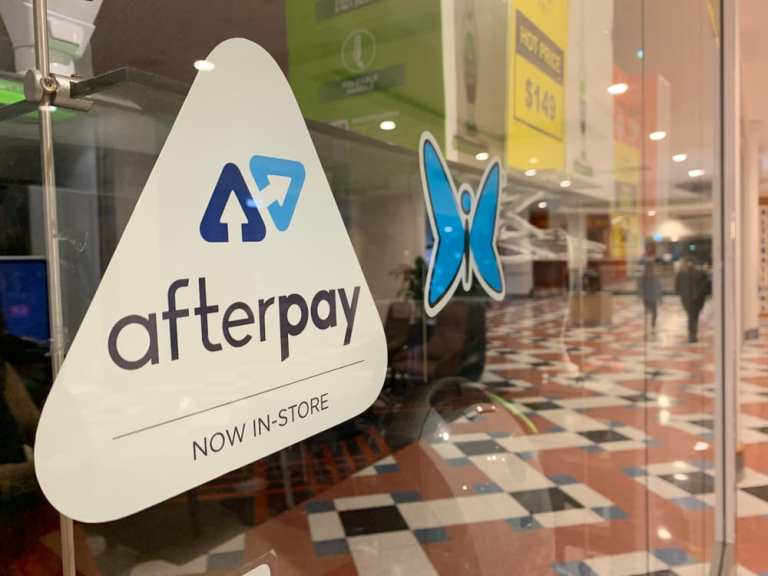BNPL Drives Customer Acquisition, Cuts Cart Abandonment

Among the more notable payment trends of 2019 and 2020 is the rapid rise of the buy now, pay later (BNPL) options that are available through a growing roster of merchants. The revival of “layaway” is most prevalent among cost-conscious millennials and Gen Y shoppers who have disposable income, but also lots of debt. It’s not stopping with them, though, as BNPL rides a wave of popularity.
Clever ways of selling people what they want is a win-win, but there’s more to it than that. BNPL also demonstrates the ability to decrease eCommerce shopping cart abandonment – which, if trendlines hold, would be a genuine breakthrough for online merchants.
The February 2020 Buy Now, Pay Later Tracker®, a PYMNTS and Afterpay collaboration, dissects the BNPL sensation with an eye on reclaiming a piece of the $34 billion in abandoned cart sales.
The Many Faces of BNPL
Certain verticals saw the most action during the 2019 winter shopping season, with apparel, fashion and beauty purchases topping the list for BNPL customers. The latest Buy Now, Pay Later Tracker® contains a variety of instructive use cases, evaluating the BNPL successes of brands including H&M, Khloé Kardashian’s Good American line, and even ticket seller StubHub.
It’s proving to be a mobile-first concept, with about 80 percent of Afterpay users using their smartphones to browse and buy in 2019. That’s good to know, as solution providers and merchants refine the experience and begin pushing its boundaries into customer loyalty and retention – a function for which BNPL shows considerable promise.
Retailers are enjoying the sense of excitement around BNPL, and the added traffic that the novelty is known to create. But there’s growing consensus that the real potential for BNPL lies in bringing down cart abandonment figures that hover stubbornly north of 85 percent.
The Buy Now, Pay Later Tracker® explores the big reason for cart abandonment: It’s not inconvenience or even fraud – it’s price. Analytics are showing that when price/affordability fears are lessened or removed from the transaction – as is the case with BNPL – more transactions are completed.
Not only does the “buy” button get pressed more with BNPL, but compelling data also suggests that people spend more when using BNPL. Debates over BNPL’s role in the ongoing saga of North American household debt are picking up steam, as are questions about the amount of credit risk BNPL players are assuming. But the sector has reasonably sound financials at present, with more retailers signing on – and big IPO action, too.
BNPL, Beyond the Sale
Buy now, pay later digitized an old retail concept (layaway) for a new generation of credit-averse shoppers obsessed with choice, alternative payments and instant gratification.
What only a few visionaries saw was BNPL’s potential beyond incremental sales. In addition to serving as a potential cure to cart abandonment, BNPL is also a powerful tool when it comes to one of the most difficult and expensive propositions facing any business: finding new customers.
“[BNPL is] a solid and strong customer acquisition tool,” Geoff Staff, vice president of retail and eCommerce for Delta Galil Premium Brands, told PYMNTS. “In fact, the data has shown that the [BNPL] brands that have some maturity to them [have] actually even brought in younger customers.”